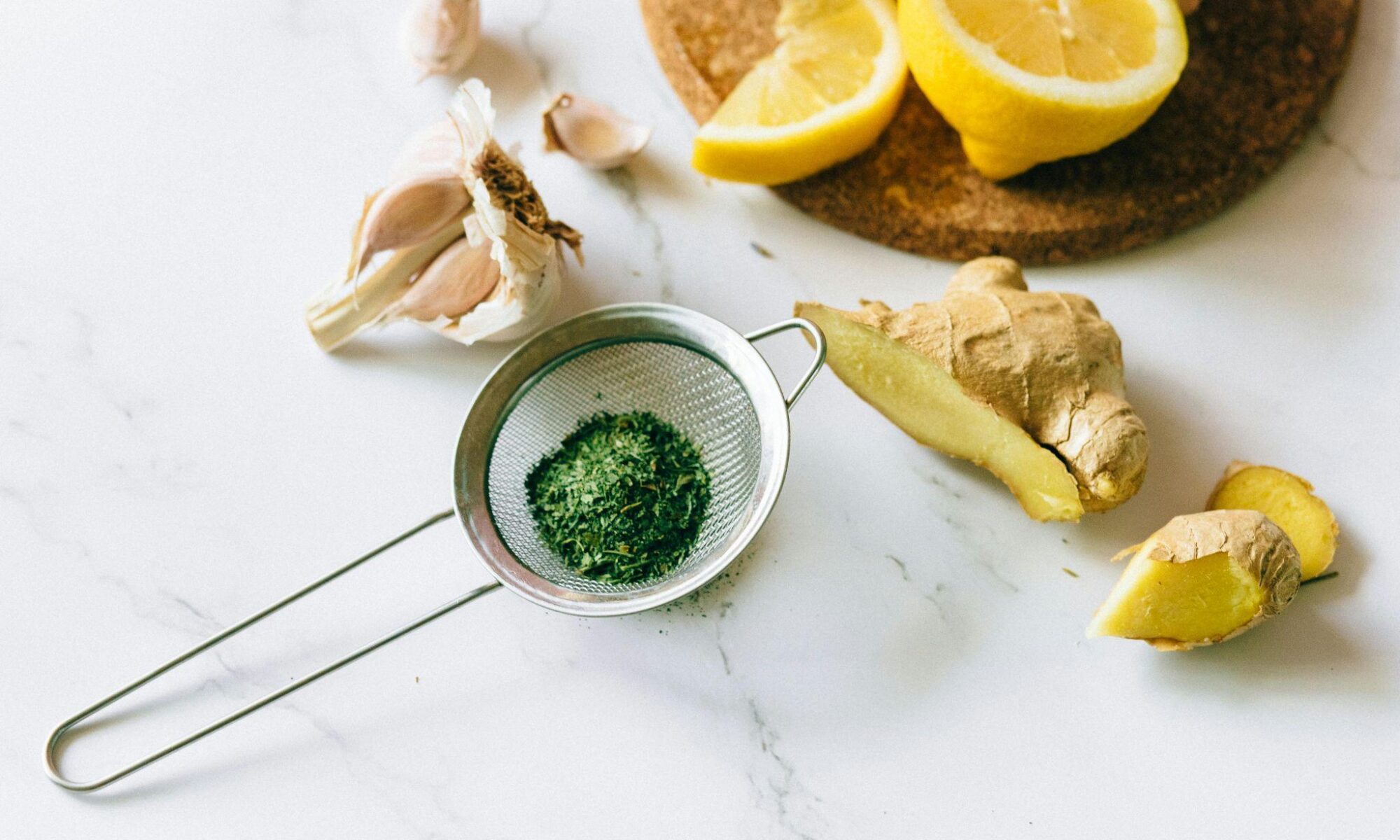Your immune system is always working, whether you notice it or not. But like anything else, it needs the right fuel. What you eat can help your body fight off infections—or make it work harder than it should be.
Nutrients That Help Your Immune System
Some vitamins and minerals are key when it comes to keeping your immune system strong. A few of the big ones:
-
- Vitamin C – Helps your body make white blood cells. Found in citrus fruits, bell peppers, and strawberries.
-
- Vitamin D – Keeps immune cells working right. Get it from sunlight, fatty fish, and fortified dairy.
-
- Zinc – Helps your body fight off infections and heal faster. Found in nuts, seeds, and meat.
-
- Antioxidants – Reduce inflammation and keep your immune system running smoothly. Found in colorful fruits and veggies.
Gut Health & Immunity: What’s the Connection?
A huge part of your immune system is in your gut. If your digestion is off, your body’s defenses might be, too.
-
- Probiotics – Found in yogurt, kimchi, and sauerkraut. They help keep gut bacteria balanced.
-
- Prebiotics – Found in garlic, onions, and bananas. These feed the good bacteria so they thrive.
Keeping your gut healthy means better immunity overall.
What Can Weaken Your Immune System?
Just like some foods help, others can slow things down.
-
- Too much sugar & processed food – Can cause inflammation and make it harder to fight off illness.
-
- Unhealthy fats – Found in fried and processed foods, these can mess with immune function.
-
- Too much alcohol & caffeine – Can throw your body out of balance, making you more vulnerable to infections.
The Bottom Line
What you eat matters. A diet packed with whole foods, vitamins, and gut-friendly nutrients helps keep your immune system strong. Small changes—less junk, more real food—can make a big difference in how well your body defends itself.
Dr. Barbara R. Edwards is an experienced Penn Medicine Princeton Health internist who has practiced medicine for over 25 years. She is also the academic director of the Ambulatory Residency Program at Penn Medicine Princeton Health.






